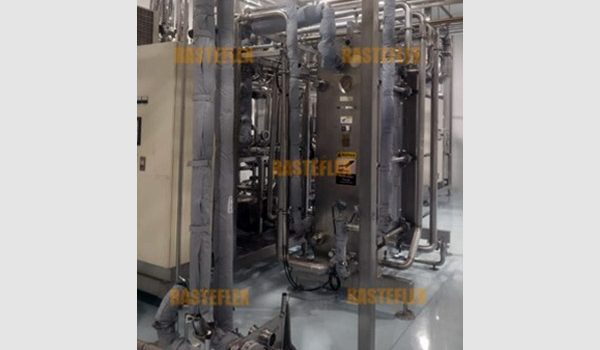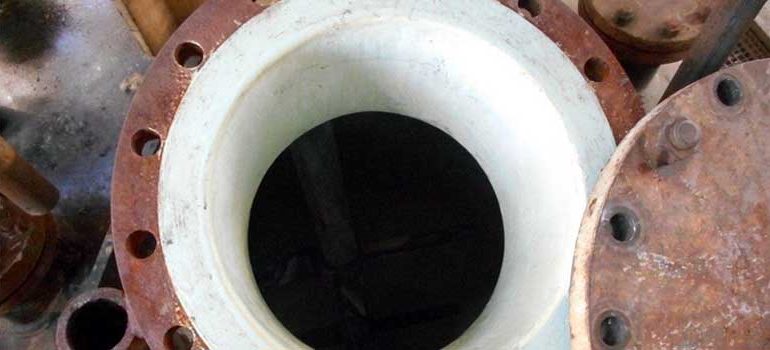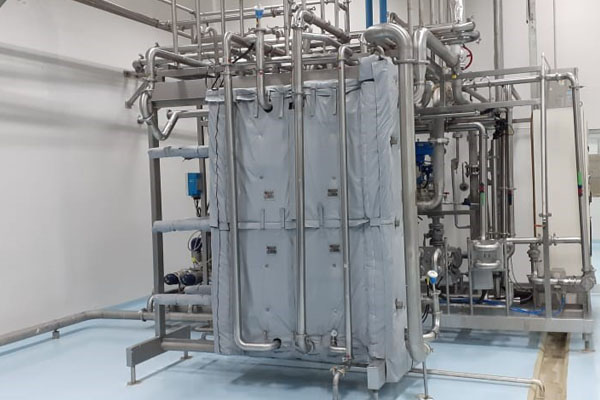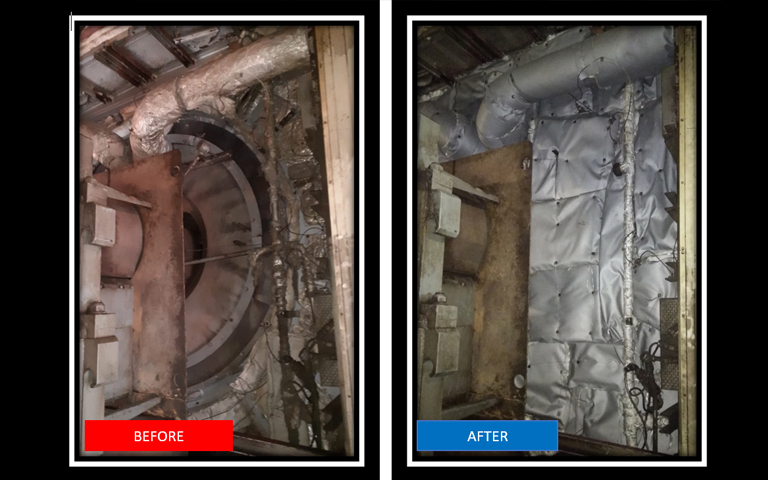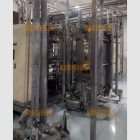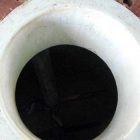Thermal Jacket untuk Turbin: Solusi Perlindungan Panas Terbaik di Industri Pupuk
Ketika kami berkunjung ke salah satu Industri Pemrosesan Gas dan Kimia terbesar di Sumatera, stabilitas operasional dan perlindungan terhadap turbin gas sangatlah penting. PT Rastekindo Cipta Global menghadirkan Thermal Jacket untuk Turbin yang didesain secara khusus untuk menjaga kestabilan suhu serta melindungi lingkungan sekitar dari paparan panas berlebih.
Dirancang oleh tim engineering berpengalaman, thermal jacket ini memiliki fungsi utama untuk mempertahankan suhu turbin pada set point tertentu, sehingga mengurangi kebutuhan startup mesin yang berulang. Dengan suhu turbin yang stabil, performa dan efisiensi mesin pun meningkat, menciptakan operasi yang lebih andal dan berkelanjutan.
Selain memberikan perlindungan termal terhadap turbin, thermal jacket ini juga dirancang dengan nilai estetika dengan menggunakan Special material fabric berbahan dasara PTFE, memberikan kesan modern dan profesional pada area turbin. Solusi ini membantu menciptakan lingkungan kerja yang lebih aman dan produktif dengan tampilan yang lebih teratur.
Investasi dalam thermal jacket kami bukan hanya tentang efisiensi, tetapi juga estetika dan keselamatan di lapangan.
When we visited one of the largest Gas and Chemical Processing Industry in Sumatra, operational stability and protection of the gas turbine were very important. PT Rastekindo Cipta Global presents Thermal Jacket for Turbines which is specially designed to maintain temperature stability and protect the surrounding environment from overheating.
Designed by an experienced engineering team, this thermal jacket has the main function of maintaining turbine temperature at a certain set point, thereby reducing the need for repeated engine startup. With stable turbine temperatures, engine performance and efficiency are improved, creating more reliable and sustainable operations.
In addition to providing thermal protection to the turbine, this thermal jacket is also designed with aesthetic value by using Special PTFE fabric material , giving a modern and professional impression to the turbine area. This solution helps create a safer and more productive work environment with a more organized appearance.
Investing in our thermal jacket is not just about efficiency, but also aesthetics and safety in the field.

